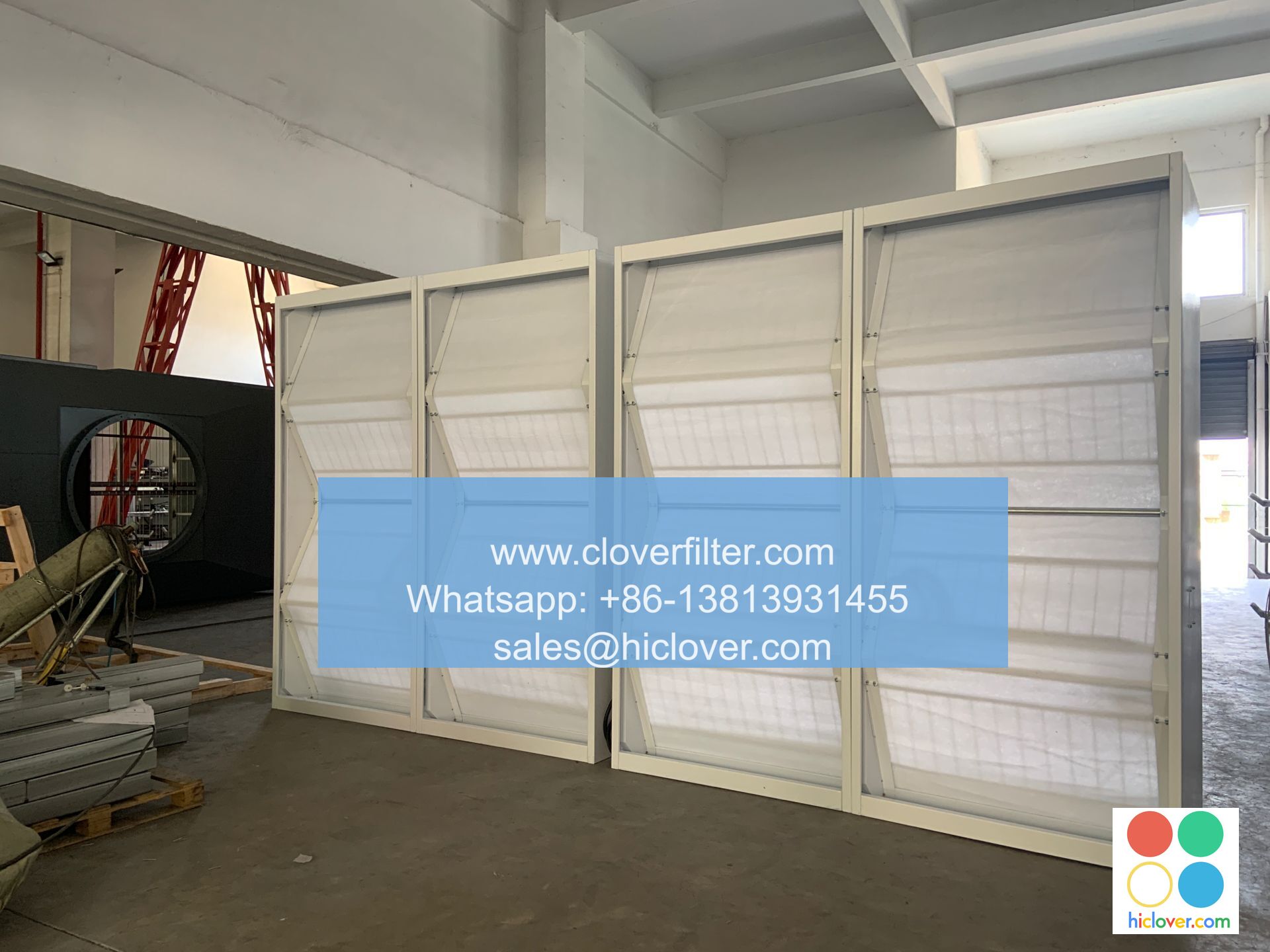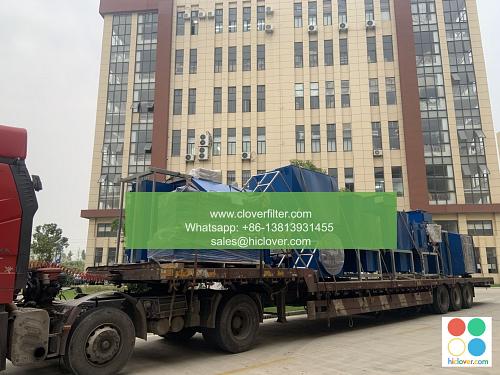The Most Common Air Filter Sizes and How to Choose the Right One

Choosing the Right Air Filter: A Guide to the Most Common Sizes and Applications
Introduction
As the air we breathe becomes increasingly contaminated, it’s essential to understand the importance of having a reliable air filter in place. A good air filter can help remove pollutants, allergens, and other particles from the air, improving indoor air quality and overall health. With so many options available, selecting the right air filter can be overwhelming. In this article, we’ll explore the most common air filter sizes, their applications, and provide guidance on how to choose the right one for your needs.
Common Air Filter Sizes
Air filters come in a range of sizes, each designed for specific applications and purposes. The most common sizes are:
- 2.5" (2.5 inches): These filters are commonly used in air purifiers, HVAC systems, and industrial settings.
- 4" (4 inches): These filters are commonly used in larger HVAC systems, industrial settings, and commercial applications.
- 5" (5 inches): These filters are typically used in larger commercial and industrial settings, as well as in some HVAC systems.
- 10" (10 inches): These filters are often used in more extensive HVAC systems, commercial buildings, and industrial facilities.
- Thickness: Measured in inches, thickness refers to the filter’s depth. A thicker filter typically captures more particles and has a longer lifespan.
- Width and Length: Measured in inches, these determine the filter’s overall size and compatibility with your equipment or system.
- Gauge: Measured in microns, gauge refers to the filter’s pore size. A lower gauge means a larger pore size, which can hold more particles.
- Airflow: Higher airflow requirements demand larger filters with higher air Cotton wall thickness.
- Particles to Be Filtered: If you need to remove fine particles, such as dust, pollen, or pet dander, choose a filter with a lower gauge (larger pores).
- Equipment Compatibility: Ensure the filter is designed for your specific equipment, such as HVAC systems, air purifiers, or industrial settings.
- Residential Air Purifiers: 2.5" or 4" filters for small to medium-sized homes, 5" for larger homes or multiple-story dwellings.
- HVAC Systems: 2.5" or 4" filters for residential HVAC, 5" or 10" for commercial or industrial applications.
- Industrial Settings: 5" or 10" filters for larger industrial facilities, 2.5" or 4" for smaller industrial applications.
- Commercial Buildings: 4" or 5" filters for office buildings, 10" for larger commercial complexes.
Understanding Filter Dimensions
When choosing an air filter, understanding the dimensions is crucial. Here are the key factors to consider:
Choosing the Right Filter for Your Application
When selecting an air filter, consider the following factors:
Key Applications and Filter Sizes
Here are some common application areas and recommended filter sizes:
Conclusion
Selecting the right air filter size for your needs can be daunting, but understanding the most common sizes, dimensions, and applications can help. Remember to consider airflow, particle size, equipment compatibility, and material build quality when choosing the perfect filter for your specific situation. By doing so, you can ensure a cleaner, healthier environment and extend the life of your equipment. Additionally, maintain a pleasant indoor air quality, protecting you and your loved ones from airborne pollutants and allergens.
I’m happy to help! What would you like to talk about, ask, or learn? Do you have a specific topic in mind, or are you open to exploring different subjects? I’m here to assist you with any questions or ideas you might have.

